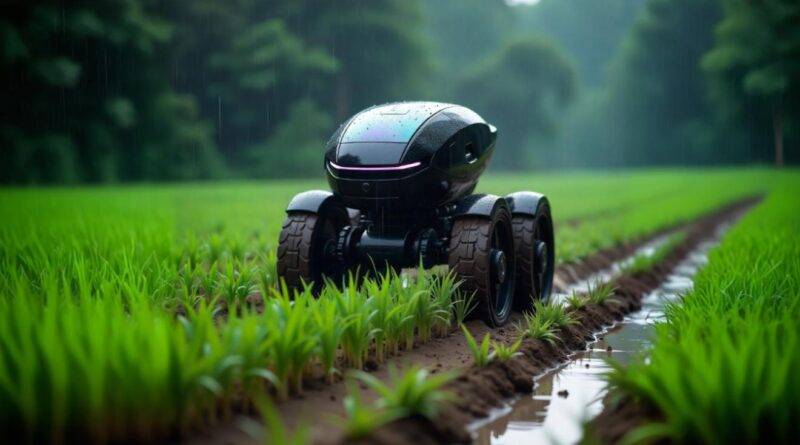Agricultural Robotics: Powering the Future of Smart and Sustainable Farming
Robotics is transforming agriculture, driving unprecedented efficiency, productivity, and sustainability in farming worldwide. As food demand surges, automation is crucial for future-ready farms. The following blog explores how robotics shapes agriculture, its diverse applications, advantages, challenges, and the future landscape all sourced from the latest industry references.
Robotics Meets Agriculture
Modern agriculture faces mounting challenges, including labour shortages, rising input costs, shrinking farmland, and critical environmental pressures. Robotics, combined with AI and digitalization, offers innovative solutions. Farm robots, or “agribots,” automate essential tasks from planting to harvesting, livestock management, and crop health monitoring, revolutionizing traditional mechanization. According to DataM Intelligence report, the global robotics in agriculture market reached us$ 15.78 billion in 2024 and is expected to reach us$ 84.19 billion by 2032, growing at a cagr of 23.28% during the forecast period 2025-2032.
How Robots Drive Smart Farming
Robots in agriculture embody precision, accuracy, and continuous productivity. Their integration boosts farming efficiency and enables the sector to scale operations in response to global food demands and workforce challenges.
Innovators and Startups Leading the Way
Across the globe, startups and agritech companies pioneer smart farming tools. Autonomous tractors, drone-based crop monitoring, robotic weeders, soil sensors, and automated packing are rapidly becoming industry benchmarks.
The Future: Sustainable, Automated, and Data-Driven Agriculture
Agricultural robotics is set to expand, with market forecasts showing robust growth worldwide. The fusion of automation, AI, and digital tools promises resilient food production, improved resource management, and rural economic sustainability. As robots become more affordable and versatile, they could democratize technology across farm sizes small, medium, and large addressing labour shortages and environmental pressures. In developed countries, the adoption is high, spurred by strong investment and technical capacity. Leading nations routinely use autonomous tractors, drones, and advanced crop management robots. In Asian countries, Japan and South Korea lead with robust adoption, while India and others will become more competitive as infrastructure and awareness improve.

